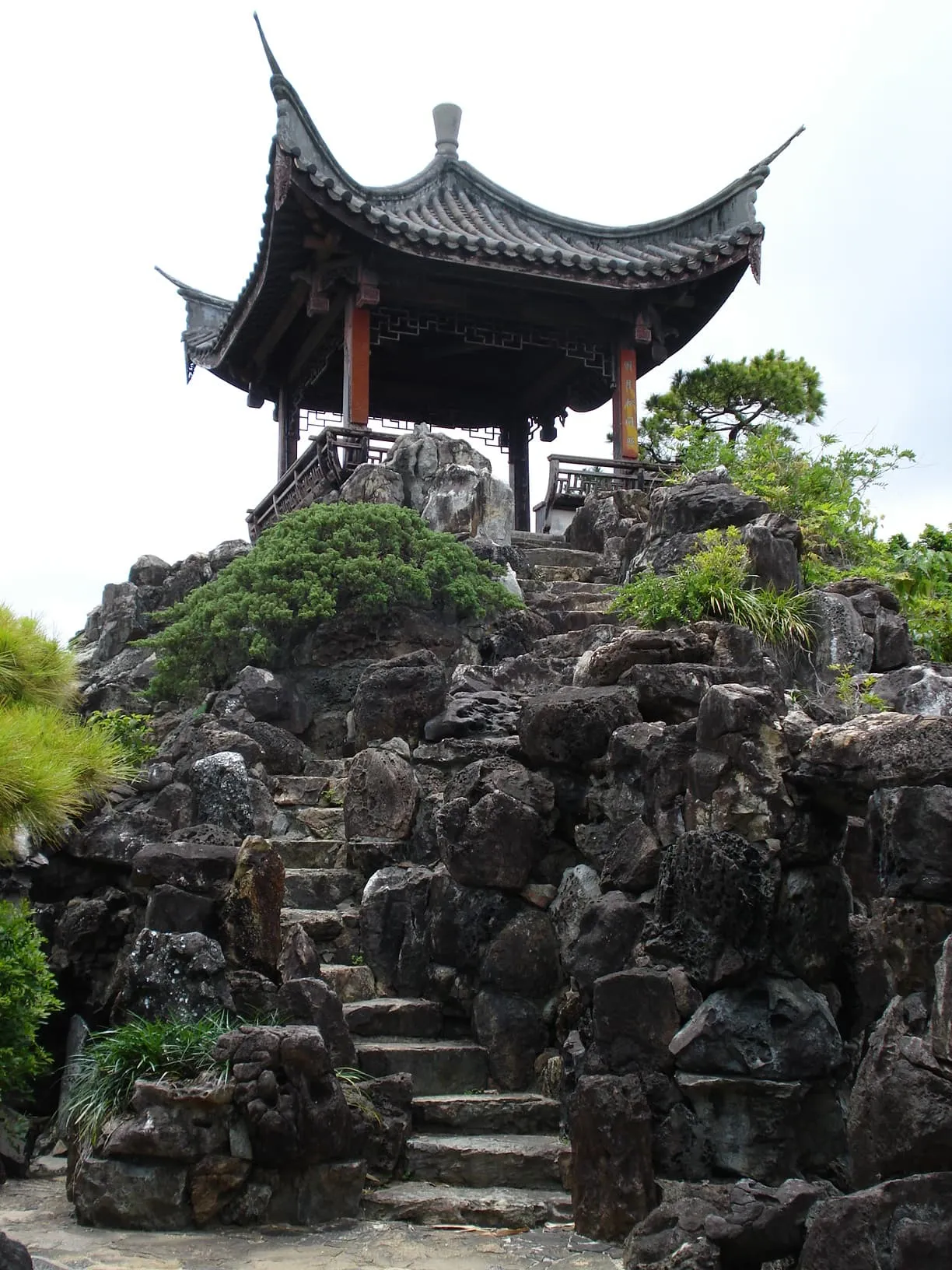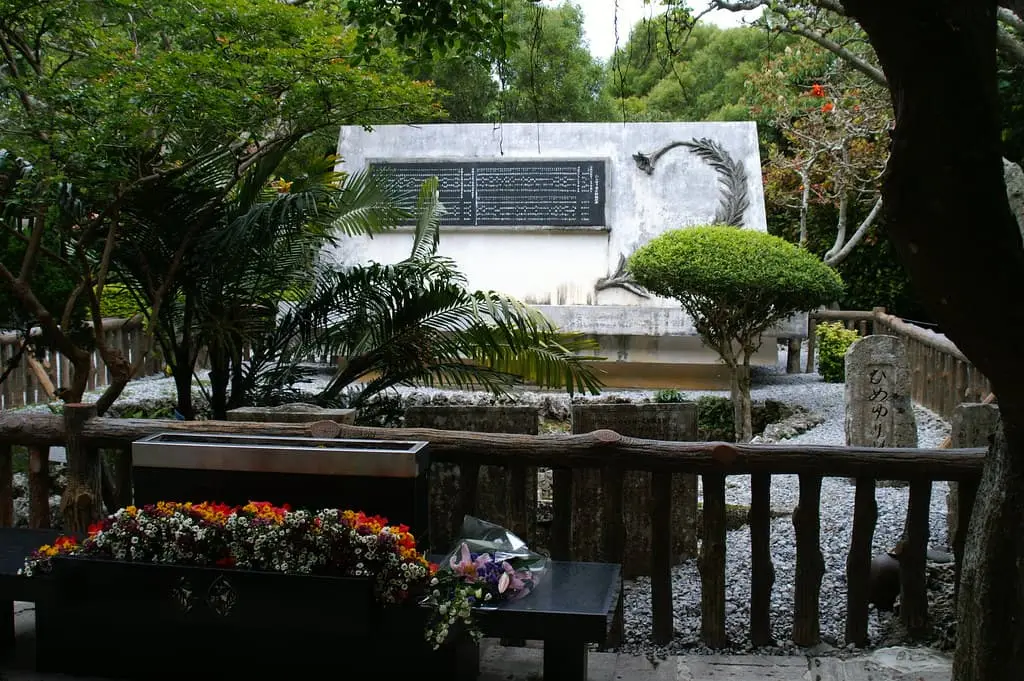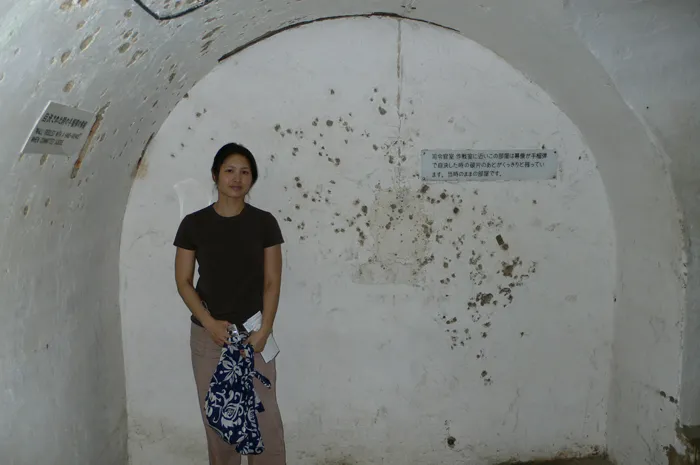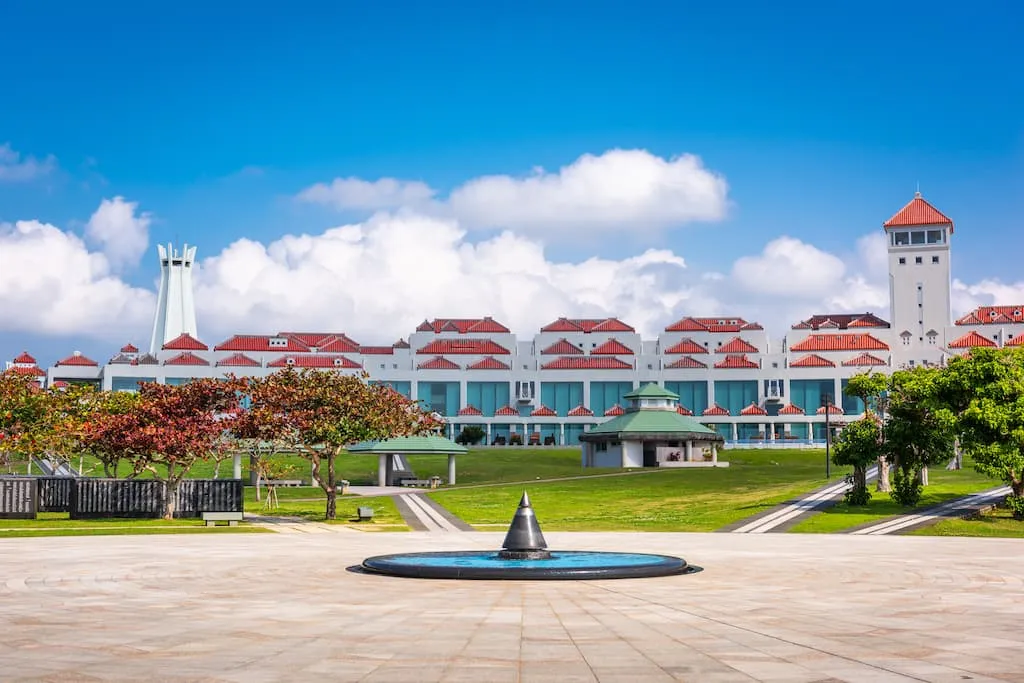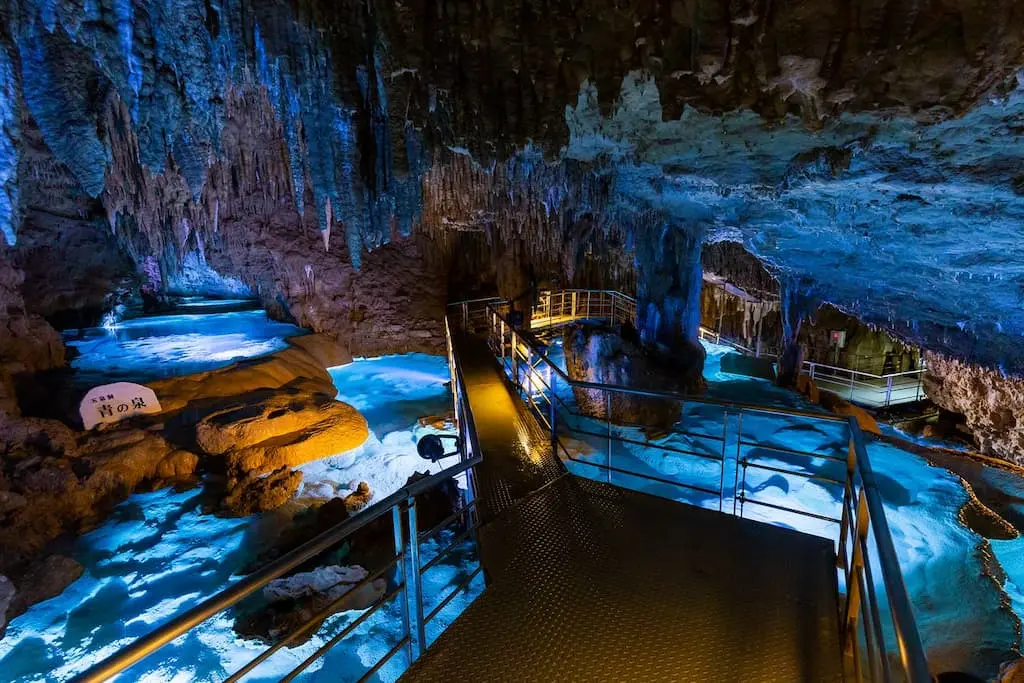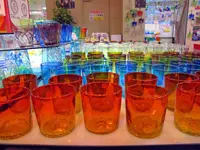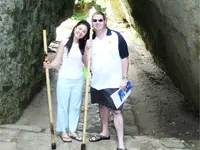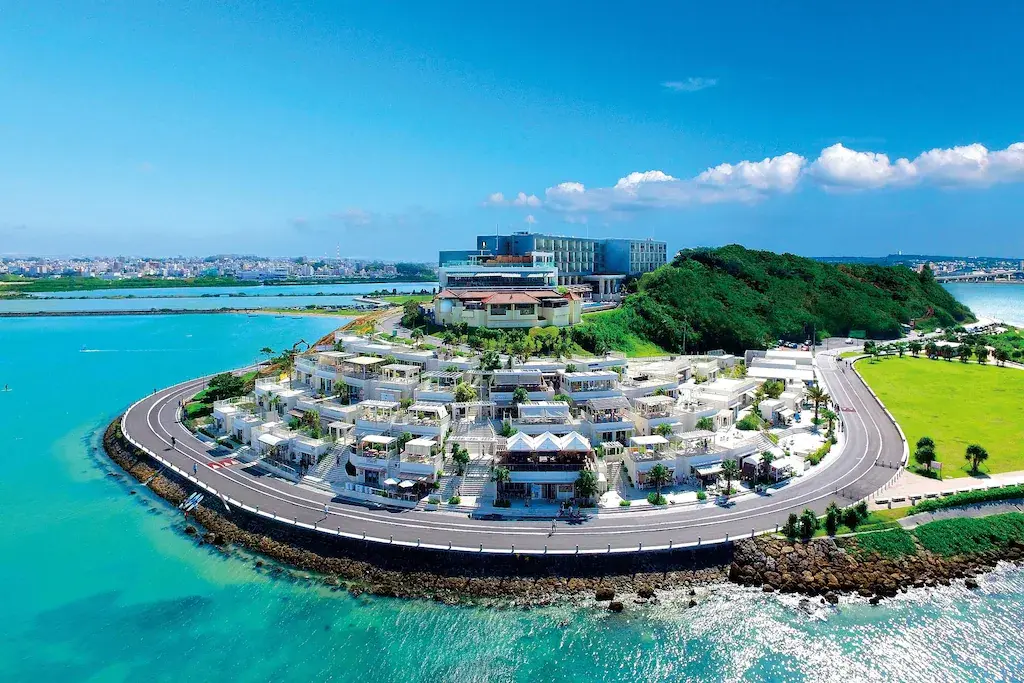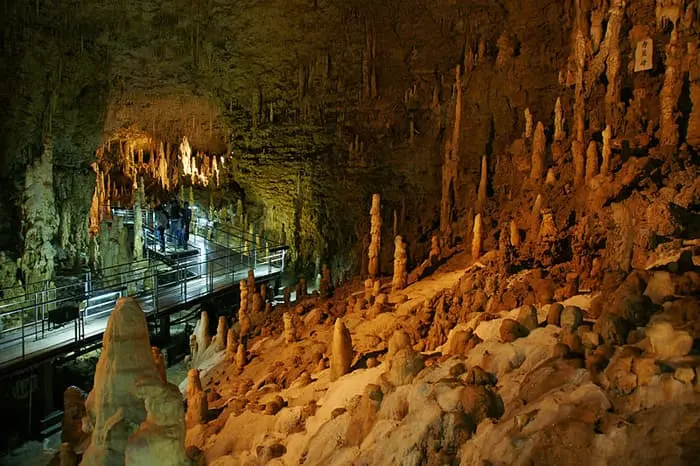
Sightseeing & Cultural Events
Southern Tour
As a part of your study & internship program, you have the option to tour the southern areas of the island. In the Southern end of the main island of Okianwa, is where the capital, Naha is located. Many visitors enjoy the historic sites that commemorate the battle of Okinawa, in addition to the many turquoise beaches that dot the south east side of the island.
